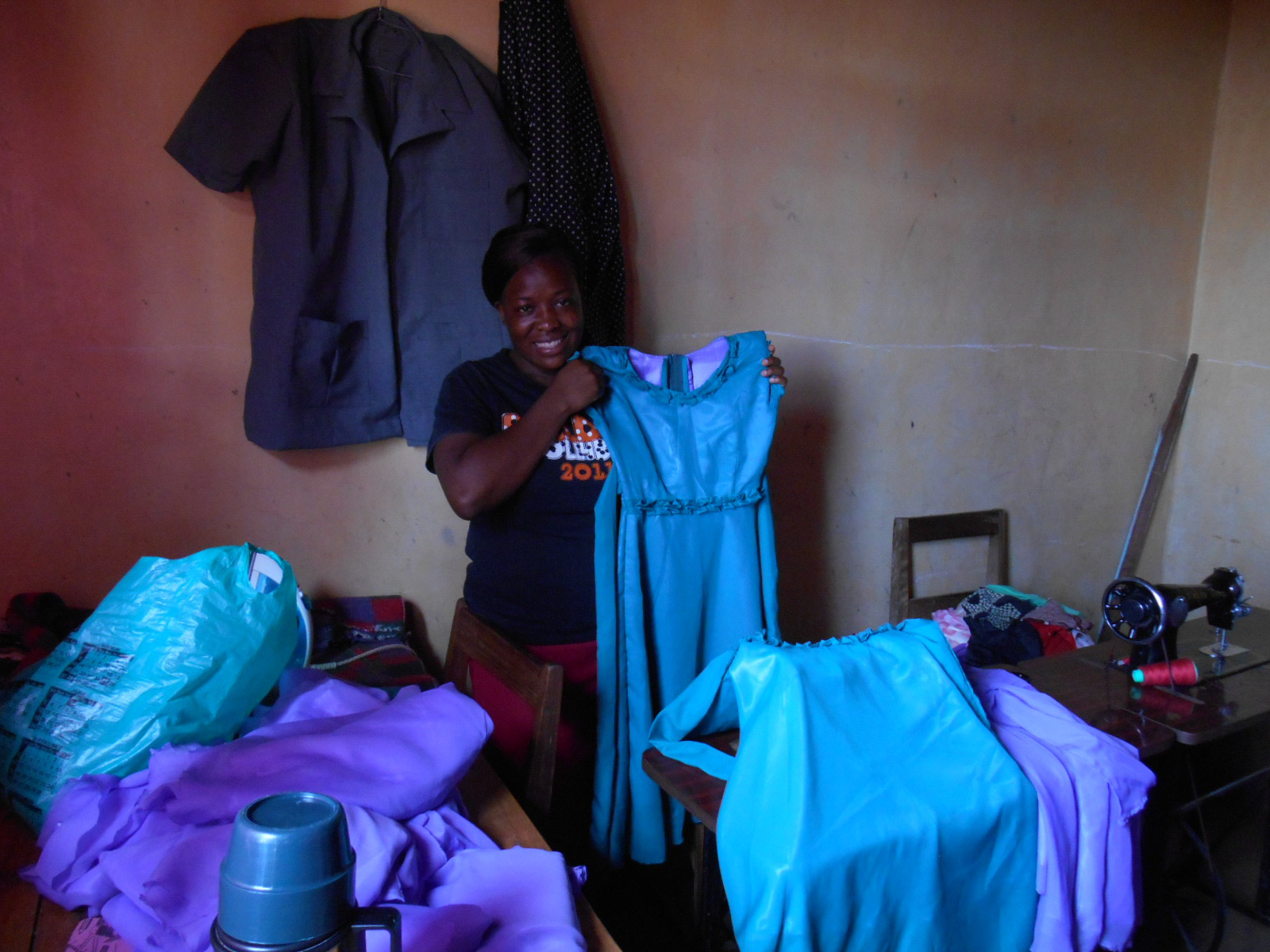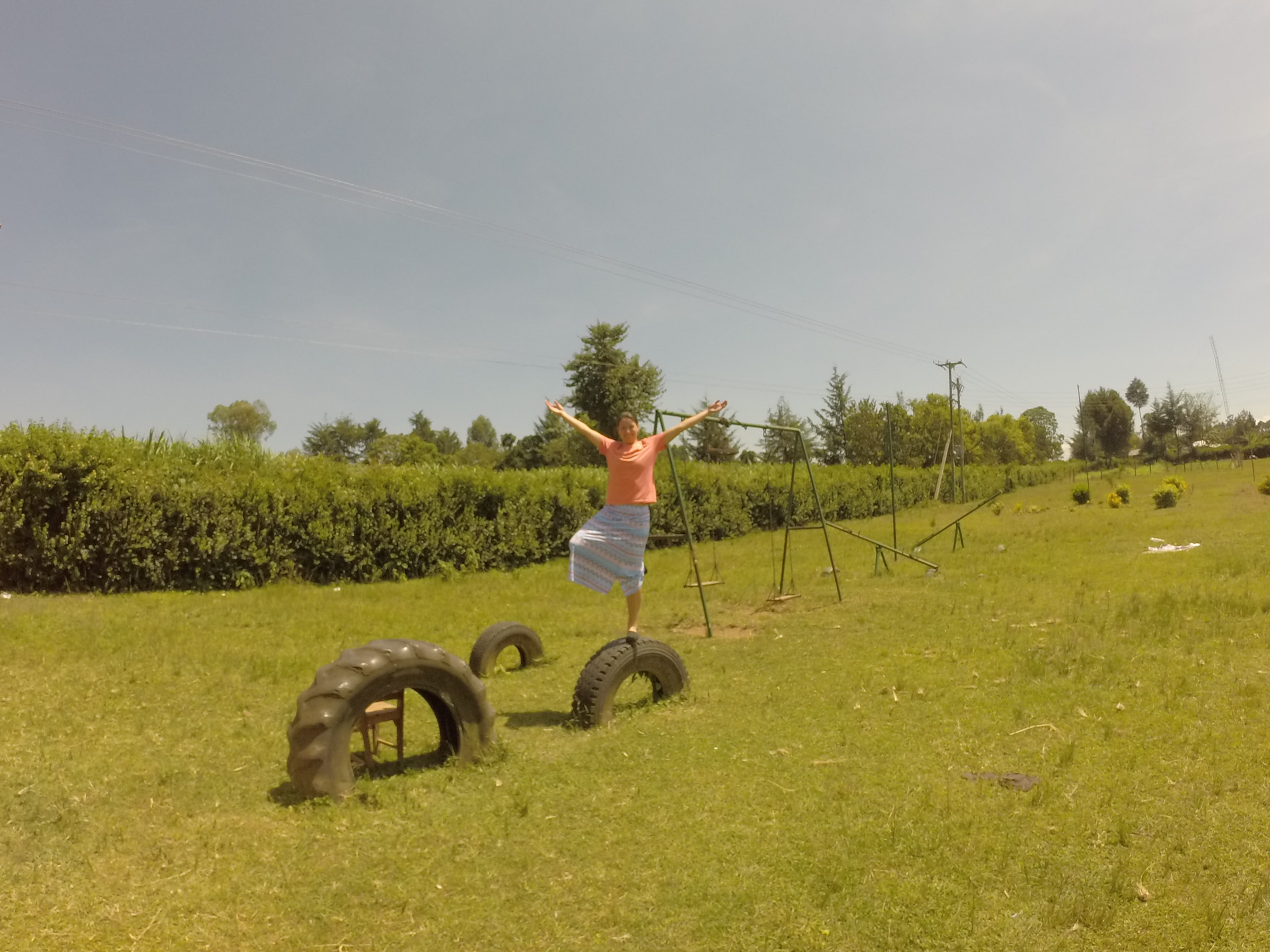In October, 2016, Amy, Kjell, and Mama C travelled to Kitale, Kenya to visit the Mercy and Caring Childrens home. There we had the opportunity to try out our learning software, the product that eventually became Kasuku Stories, for the very first time.
I don’t know what I was expecting a children’s home to be like, but I was in no way prepared for the amazing project that Mama Nancy and Mze Edwin built at at Mercy and Caring Childrens Home in Kitale, Kenya.
Yesterday, we toured the grounds, the farm, and the school. We met dozens of employees, including cooks, social workers, tailors, farm managers, maintenance staff, teachers, and administrators. All these people work to make this home a home for the children, to keep them fed, clothed, safe, educated, healthy, and happy. The home employs some 37 full-time workers, most from the local community. Our guide was Pastor M—, the home’s resident manager.

On one side of the property is the farm. The centrepiece is three enormous fish ponds, growing mudfish and tilapia. Next to the ponds are rows of sukuma wiki (“kale” to the North Americans in the crowd). A few rows of maize grow here too, though the vast majority of the home’s corn is brought in from elsewhere. There are fruit trees as well: guava and bananas, and other crops growing, though we couldn’t identify them from where we were walking. A greenhouse sits off to the side.

“This greenhouse was once a sponsored project towards self-sustainability.” explained Pastor M—, “but unfortunately, it is in the wrong spot. The ground is too swampy here. In the long term it needs to move to the other side of the compound. I imagine a day when we can produce not only enough food for the children, but also more that could be sold to help pay for other needs.”
Across the street from the main property is the high school and boy’s dorm. The school is open to not just children from mercy home, but from the larger community as well. When we stopped by, there were 8 teachers in the staff room, responsible for subjects such as geography, history, Kiswahili, English, computers, chemistry, and mathematics.
We continued our walk around the grounds, weaving around the half-dozen cattle that wander the property. “We have two milk-producing cows, and that one over there is pregnant,” he explained.
The next stop was the kitchen, where two cooks were chopping greens and presiding over two large vats of wood-fired, simmering food. Lunch would be ugali and sukuma wiki—the staple meal for most of the Kenya we have seen so far. A third pot contained the ever-present chai, which would be taken at the morning and afternoon breaks.

We proceeded past the dormitories and Early Childhood (ECD) classrooms (the elementary school children attend a government-run school just up the road), stopping to meet some of the staff. J— was in charge of security, and kept an eye on the 3 security guards who watched the comings and going from the children’s home. “We have two at the gates during the day, and a third at night, to walk the compound. I keep an eye on all of them,” he explained.

Next stop was F—, who was plumbing in a new gravity-fed water tank for the kitchen. “The home has a well, but this way, if we lose power, we will still have water reserves.” Looking around the property, we saw 5 such tanks. “We want to add one to each of the dorms as well,” added Pastor M—.

Our penultimate stop was at the Seamstress' workroom. She showed us the Christmas dresses she was working on for the new girls. “We have seven sewing machines” said Pastor M—, “and we used to have a program for the girls. It is something we would like to start up again. It’s very good for the children to know trades.”

We left the shop, passed the high school computer lab, and headed for our last stop: the administration building, which housed the manager (Pastor M—), the home’s secretary, D—, who was responsible for finance and sponsorship, and the social workers. on the far end of the building was a disused medical clinic.
“We intended this to be a clinic for the whole community—there aren’t enough needs at the home to have our own doctor and dispensary—but the administration building is in the wrong place. We reused an existing building at the back of the property. There are plans one day to move it to the front, where the clinic could be open to the public.

Mercy and Caring Childrens Home is an amazing operation. The staff are wonderful, caring, and very competent. They have great plans for sustainability and the future. But most importantly, they take wonderful care of the children who live there. Thank you Edwin and Nancy for the incredible work you have done—and continue to do—to grow this home.








